Residential Metal Services
We offer a wide array of residential metal services tailored to enhance your home. From custom railings and gates to ornamental ironwork, our team takes pride in creating pieces that combine functionality with aesthetic appeal.
Commercial Metal Services
Our commercial metal services are designed to meet the rigorous demands of commercial properties. We specialize in fabricating and installing custom guard railings, ornamental, architectural and miscellaneous metals.
Divisions 5-057000, 055000, 055100, & 057300.
Metal Capabilities
Cacciola Iron Works boasts a comprehensive range of metalworking capabilities, from basic fabrication to complex custom designs. Our in-house team is equipped with state-of-the-art tools and technology.
Our Team
Our team at Cacciola Iron Works is composed of skilled artisans and experienced professionals committed to excellence. Each member brings a wealth of knowledge and a passion for metalwork, and every project receives the highest level of craftsmanship.
Here's what our satisfied customers are saying...
At Cacciola Iron Works, we take pride in providing exceptional metalworking to our customers. We would be grateful if you could share your thoughts about our business with others. Your feedback helps us improve and helps others make informed decisions. Please take a moment to leave a review of Cacciola Iron Works and let others know what you think.

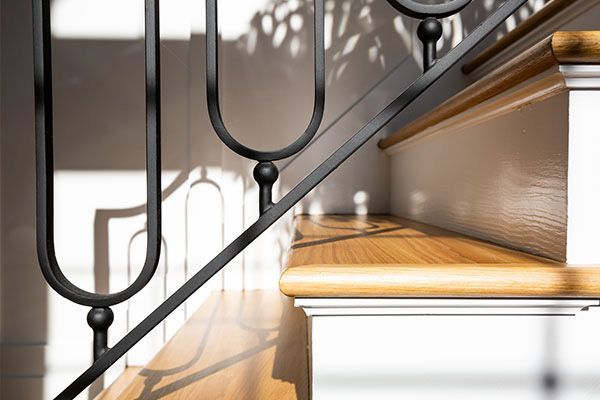
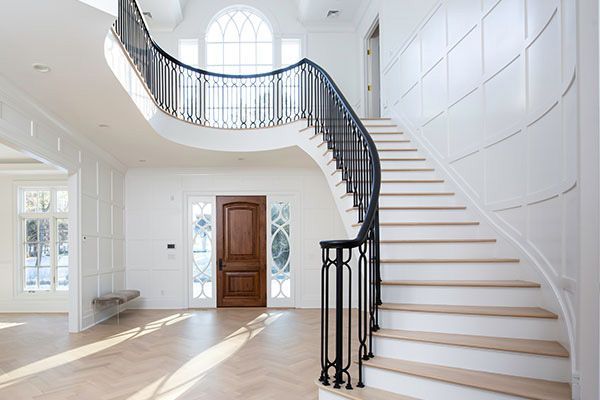
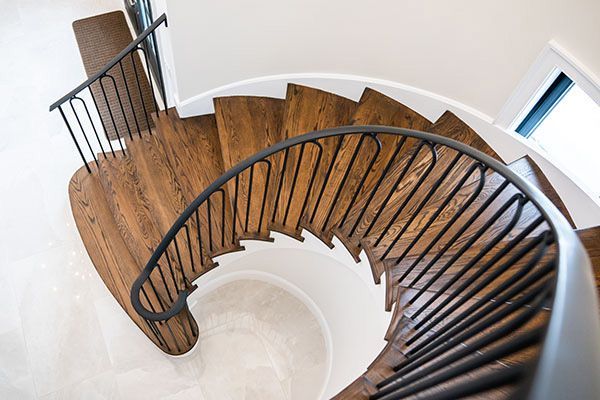
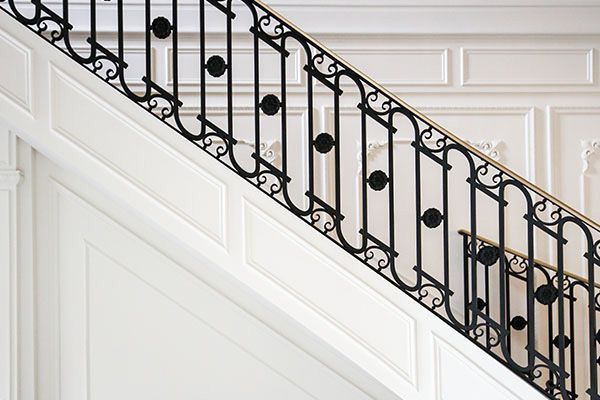
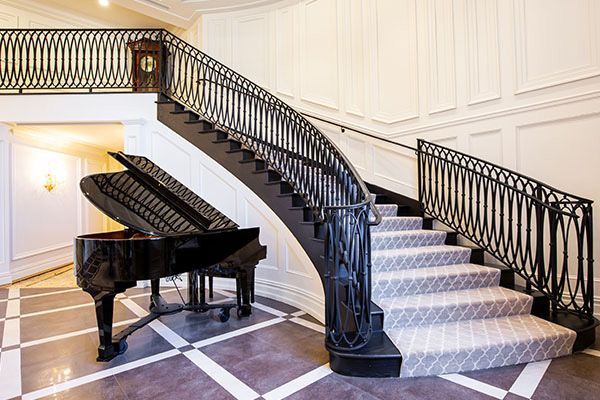
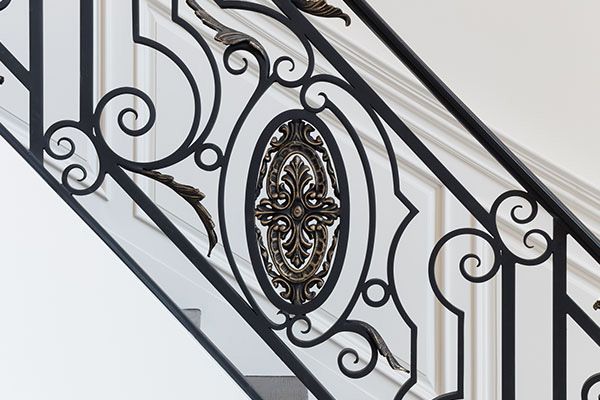
Share On: